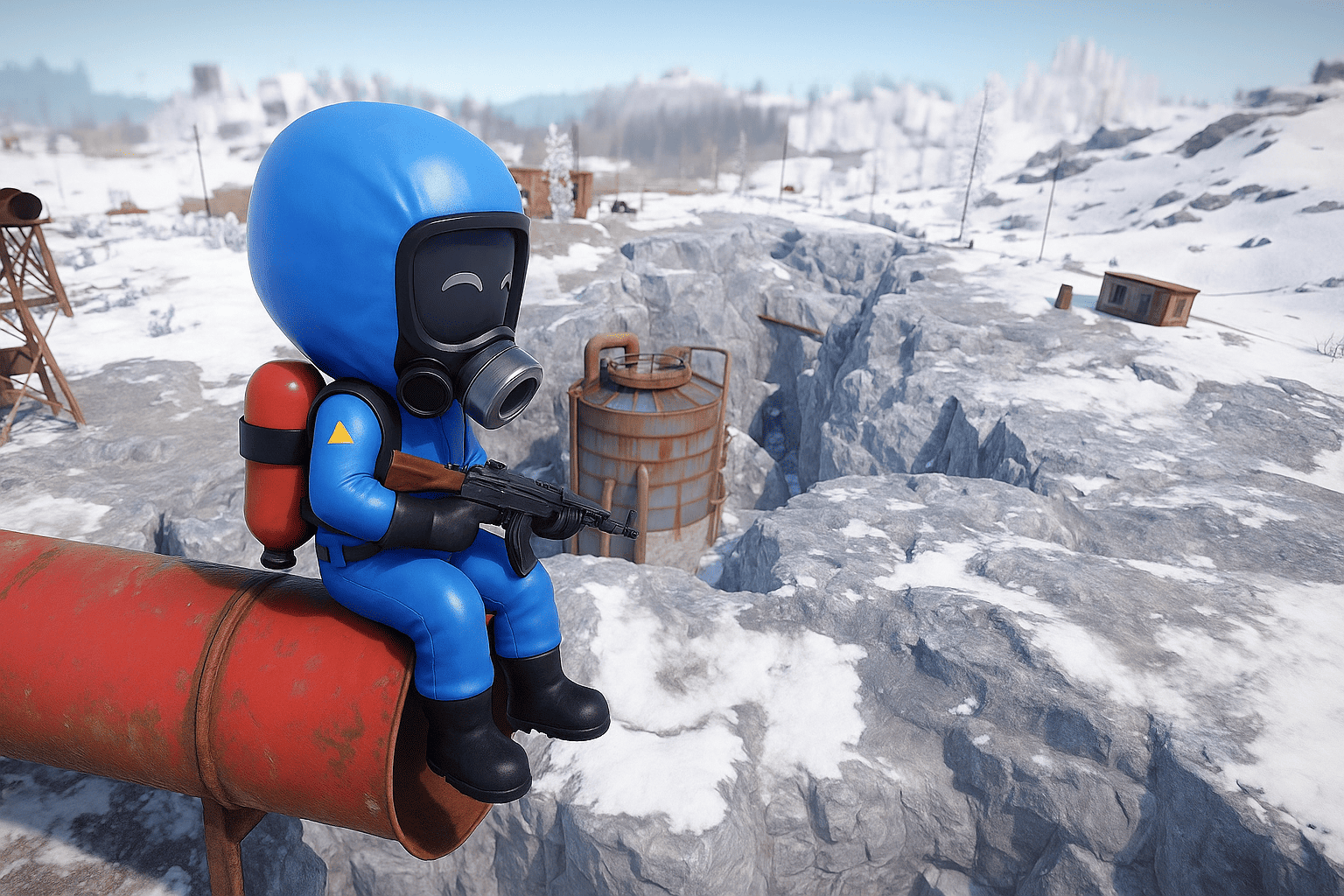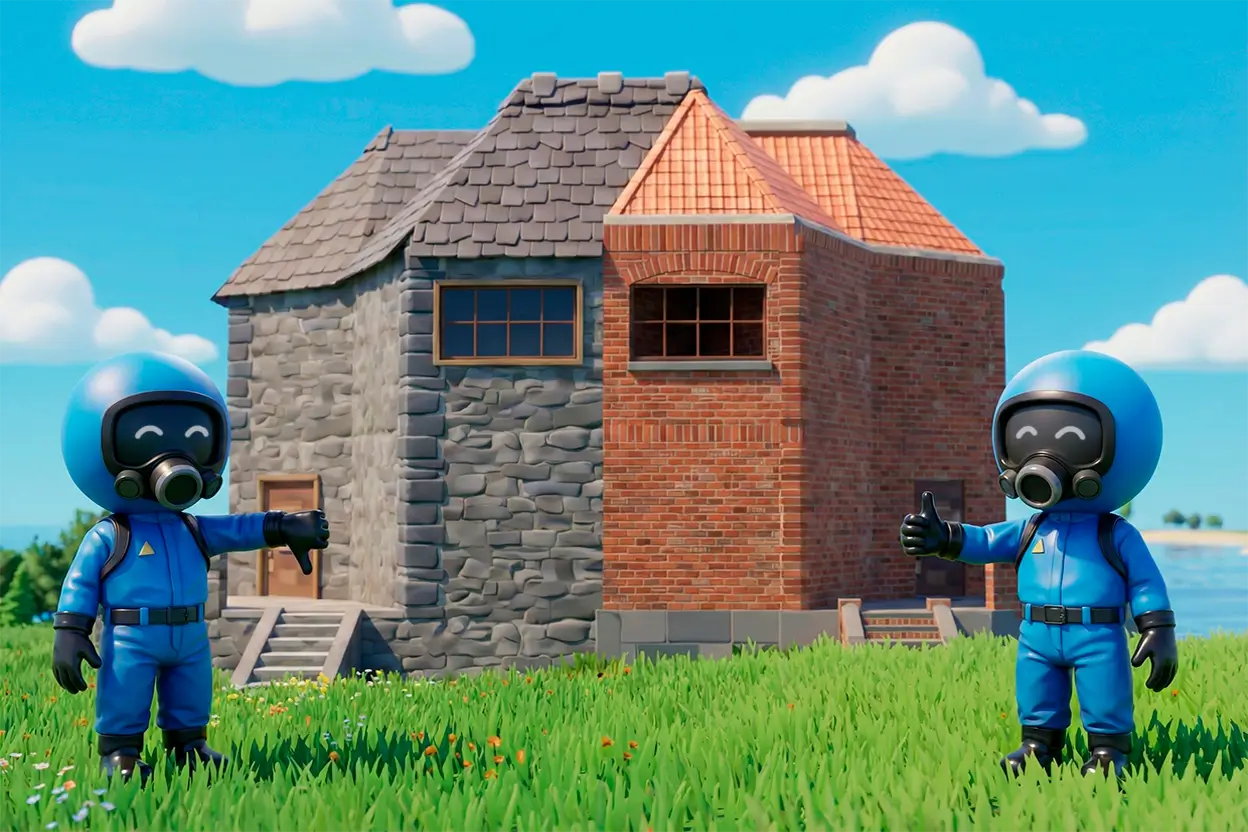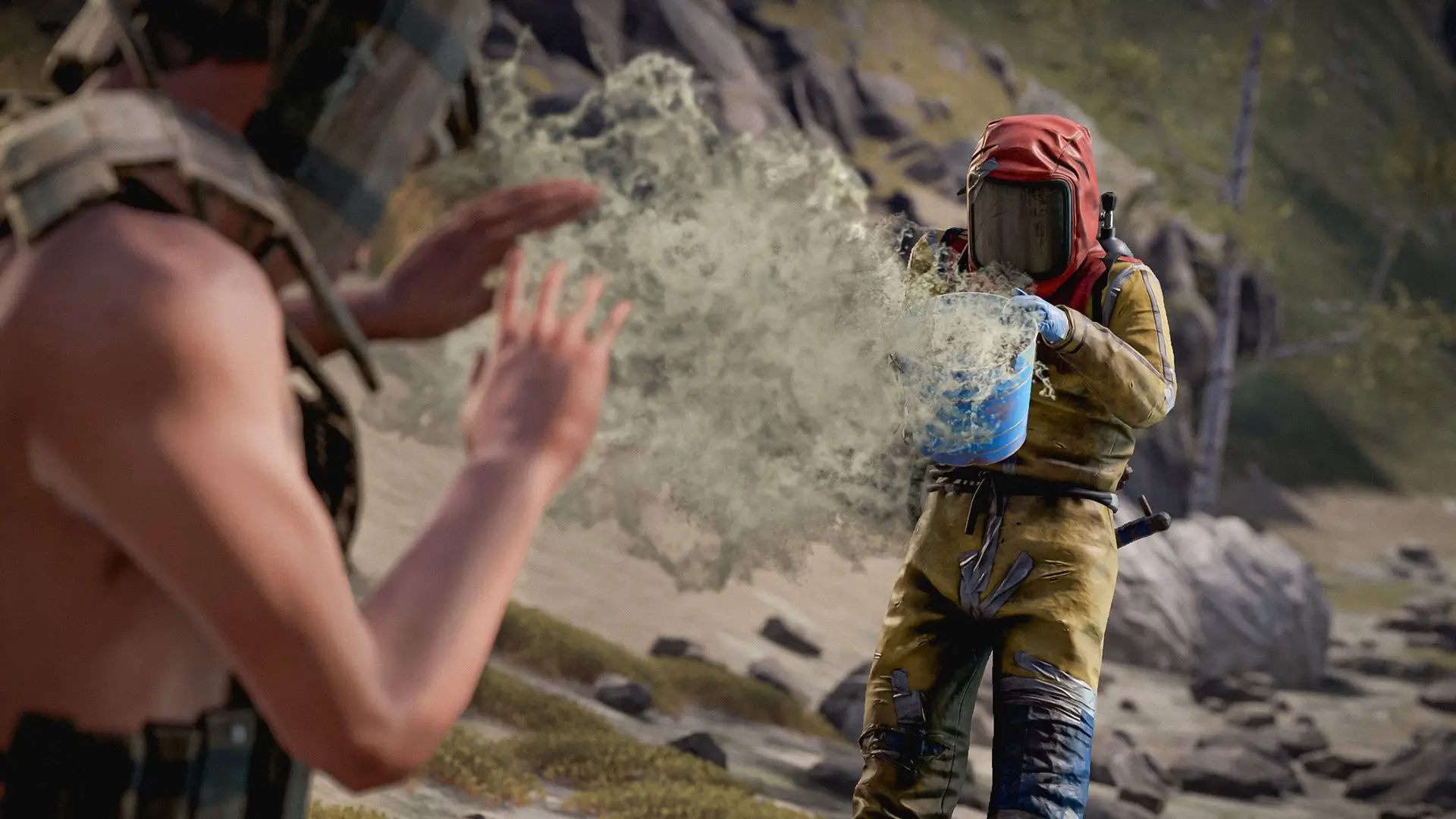What to do when you’re getting raided — the question that can turn a calm evening into a barrage of explosions, frantic footsteps across your base and gunfights. This piece is practical, lived-in survival advice: no clichés, a focus on what to do and in what order. We’ll unpack what actually happens during a raid, how to prepare ahead of time and why solid prep and discipline decide the fight far more than flashy aim.
Raids: what they are and the kinds you’ll face
A raid is essentially a forceful breach of your base for loot or control of the area. The usual targets are bases that look rich, overly active neighbors, or builds holding a convenient spot on the map. There are two formats: online raids, when you’re present and able to interfere, and offline raids, when attackers bank on silence and cheaper breaching. To avoid beating yourself up after a wipe, bake defense into your progression plan early: prevention and a cool head give you a head start and turn chaos into something you can manage.
Signals that a raid is coming soon
Early tells of a raid include unusually frequent footsteps around your place, shots at your doors, and ladders popping up on your exterior walls or big compound walls. If you notice this, the safest move is to hedge: craft more ammo and meds (syringes and bandages), and move loot to safer or less obvious spots. You might even have time to stiffen the base with extra buffer honeycombs.
Proactive prep
Preparation starts long before the first boom — in your building play. Make access painful: layered buffer zones, a shifted core, corridors that make enemies open their backs, and extra exits so you can switch flanks mid-raid. Reinforcing the base isn’t just “thicker walls”; it’s geometry that makes attackers overpay a charge for every meter gained. Then comes loot distribution: don’t put everything in one basket. Empty boxes in the “main loot room” and stashes inside buffer rooms are among the few ways to keep at least something if you lose the fight. Place traps with purpose: aim turrets at mandatory choke points; set shotgun traps to delay and trade for time — every second is critical and often enough to let you hold.
The opening minutes of a raid
When the raid starts, step one is assessment. How many are there, what are they breaking with, where are they pushing from — any detail helps. With those answers you can build a coherent defense. Raid tactics are all about tempo: skip the hero duels, force short peeks, break rhythm with grenades, make them heal from bad angles, and fire in sections so your turrets and teammates never go quiet. If there’s an opening, cut attackers outside off from their bags, crack their rooftop cover, and destroy ladders and platforms that give them repeat entries.
Evacuating valuable loot

At the same time, start moving valuable loot. Evacuating loot from a compromised compartment into deeper stashes isn’t panic — it’s part of the plan. Key resources and rare components go into caches that aren’t directly reachable from the breached side. Don’t forget noise camouflage: sometimes a bit of decoy repairing or a short counter-push is enough to make raiders shift their angle and waste extra rockets where it doesn’t hurt you.
After the raid
When things go quiet, count lessons, not losses. What was taken, which layers were opened, what ended up being the shortest path in, and how long your response took. Patch holes immediately, upgrade weak sections to metal or armored, add more honeycomb, change your habitual paths, and move storage deeper. Reposition turrets and traps so the next attack repeats their mistakes — not yours. If you can, track the raiders’ trail, farm up, and try to raid them back to reclaim yours and take theirs. Getting revenge on raiders in Rust is one of the game’s most satisfying moments.
To close without the fanfare: defending your base against raids is built in advance, like a financial safety net. When it’s quiet, you plan geometry, routes, stashes, vertical transitions, and ammo logistics. During a raid, you keep a cool head, play the tempo, and avoid heroics where a second of repairing matters more. Afterward—repair, reinforce, and change habits. Now you know how to survive a raid through practice and common sense. This set of habits makes you an unpleasant target — and a bad investment— for any attacker.
🎮Train your precision and decision making on Cobalt Lab. Play"Mines"!




